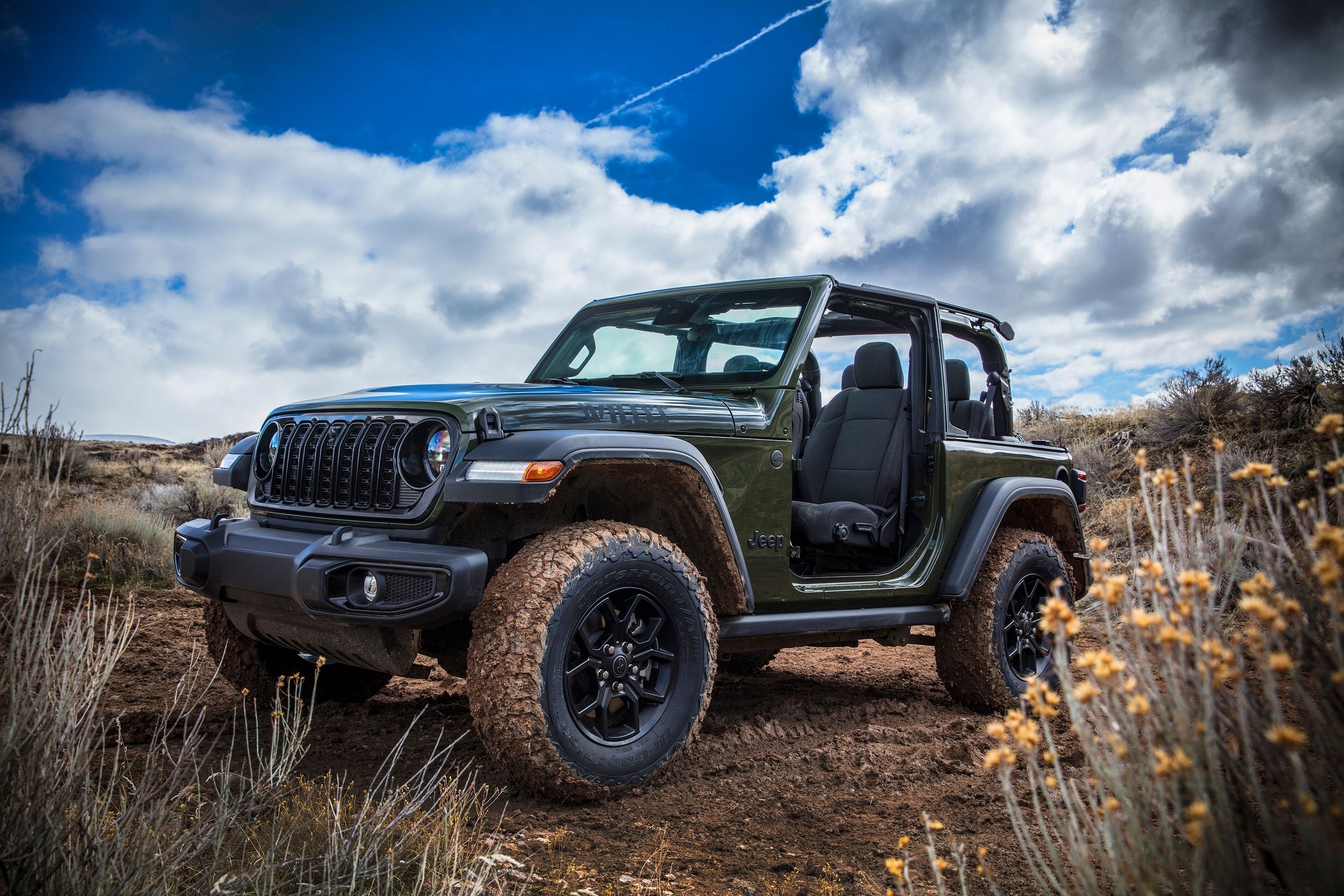
Although the initial agreement for FCA and PSA to merge was announced several weeks ago, only today has it been officially signed. The two automakers have just announced a binding Combination Agreement providing for a 50/50 merger to create the world's 4th largest automaker by volume and 3rd largest by revenue. The newly formed automaker, whose name has yet to be announced, will have annual sales of 8.7 million vehicles, reaching revenues of nearly 170 billion euros. Recurring operating profit is projected to be over 11 billion euros with an operating profit margin of 6.6 percent. These figures were calculated on an aggregated basis of 2018's results.
Not only do the two automaker's respective brand portfolios mesh well together, but so do the markets where they have significant strengths. FCA is strong in North America and Latin America while PSA has a solid position in Europe. The new automaker will, therefore, have a greater geographic balance with 46 percent of revenues coming from Europe and 43 percent from North America.
Other regions will also see benefits. Another major area where the two companies have common ground is investments and platforms, engine families, and new technologies such as electric vehicle platforms and autonomous systems. Leveraging an increased scale will not only save significant amounts of money but will also enhance the company's purchasing performance and create additional value for stakeholders. In the future, more than two-thirds of vehicle volume will be concentrated on just two platforms, small and compact/mid-size. Approximately 3 million cars per year will be the result. No plant closures are planned and annual run-rate synergies are expected to be net cash flow position from year 1.
Already the working relationships between the two management teams have been excellent. The personal rapport between FCA CEO Mike Manley and PSA CEO Carlos Tavares is also solid. FCA Chairman John Elkann will assume the same role.
One of the main reasons why these teams work so well together from the get-go is due to their vast experience in turning around companies and combining OEMs with diverse cultures. Jeep, for example, went from being an American-owned company to an Italian-American entity, to now a French-Italian-American brand. The Jeep Wrangler and Gladiator, for example, will continue to be built in Toledo, Ohio. That won't change. The merger also creates a new Dutch-based parent company, which will be listed on Euronext, the Borsa Italiana, and the New York Stock Exchange.
"Our merger is a huge opportunity to take a stronger position in the auto industry as we seek to master the transition to a world of clean, safe and sustainable mobility and to provide our customers with world-class products, technology and services," said Carlos Tavares. "I have every confidence that with their immense talent and their collaborative mindset, our teams will succeed in delivering maximized performance with vigor and enthusiasm."
